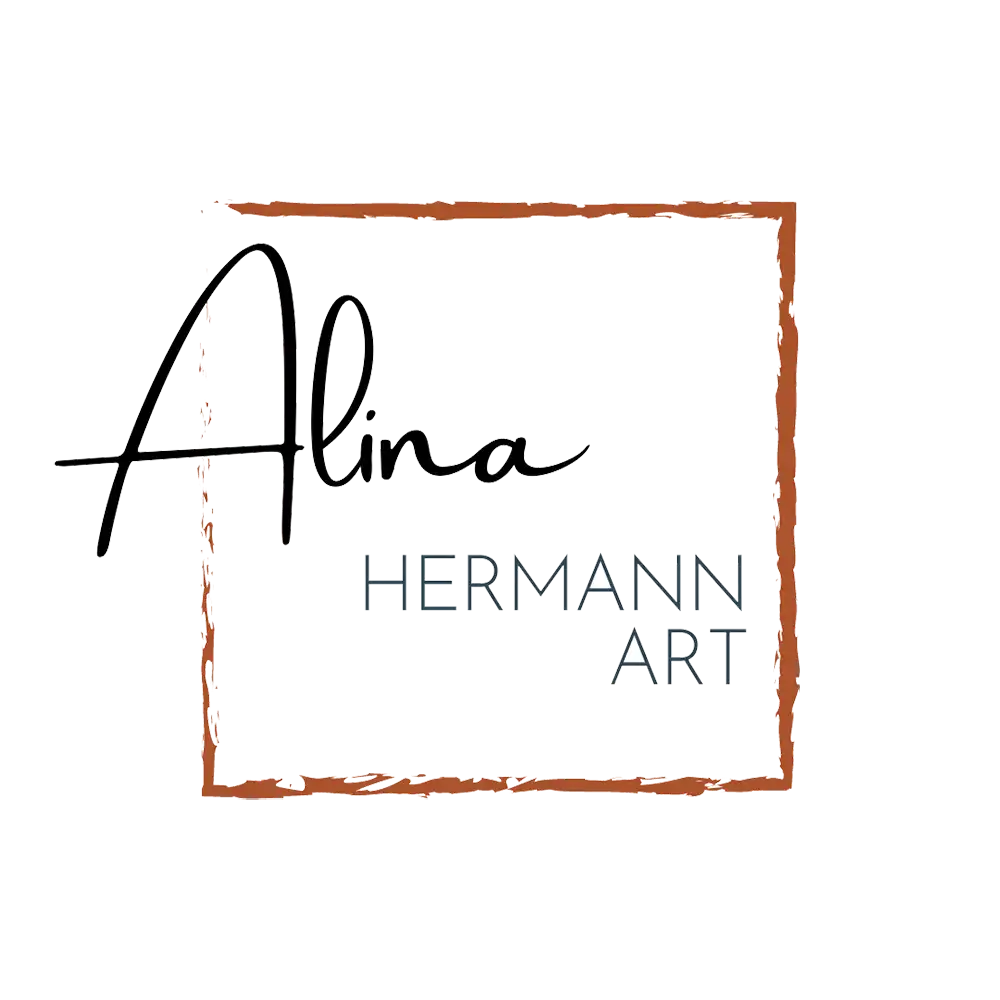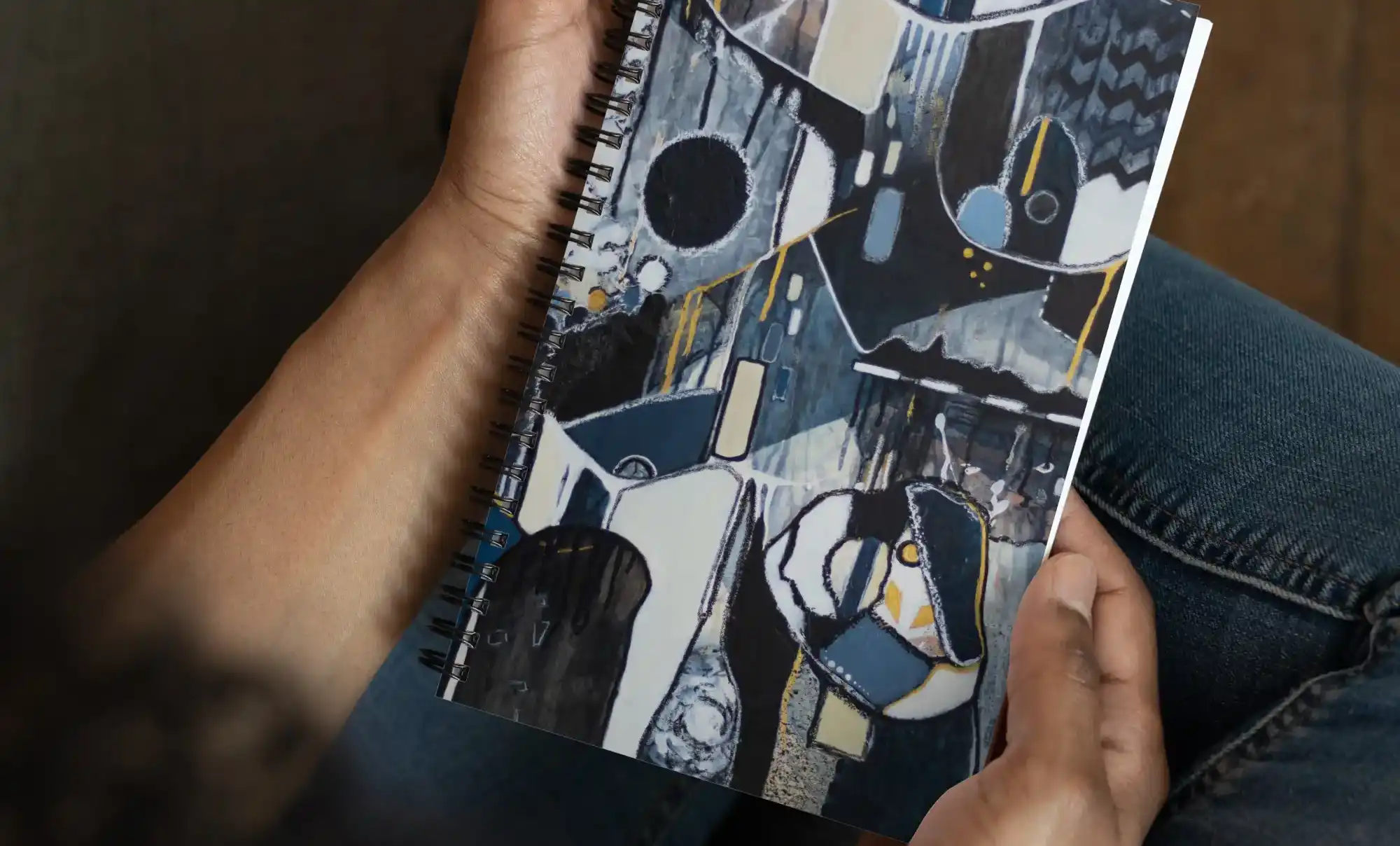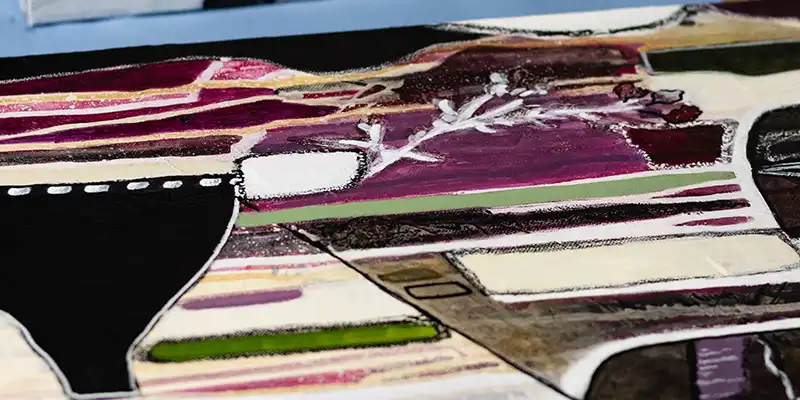
The Ultimate Guide: How to Understand and Feel Abstract Art
1. Breaking Down the Basics
Unraveling the Abstract: The Base
Abstract art may seem daunting, but at its core, it’s about expressing emotions and ideas through non-representational forms. Start by familiarizing yourself with basic art terms – colors, shapes, and lines. Colors convey emotions; shapes, symbolic meanings; and lines, movement. These elements form the language of abstract art. Consider how they interact in a piece, like a conversation unfolding on canvas.
Finding Your Entry Point
Engage with abstract art by identifying a focal point or center of interest within the composition. It could be a burst of color, a dynamic shape, or a bold line. This focal point serves as your entry point into the artwork, guiding you through the artist’s visual language. Just as you would read a book from left to right, let your eyes wander and explore the canvas, discovering the artist’s narrative as it unfolds.
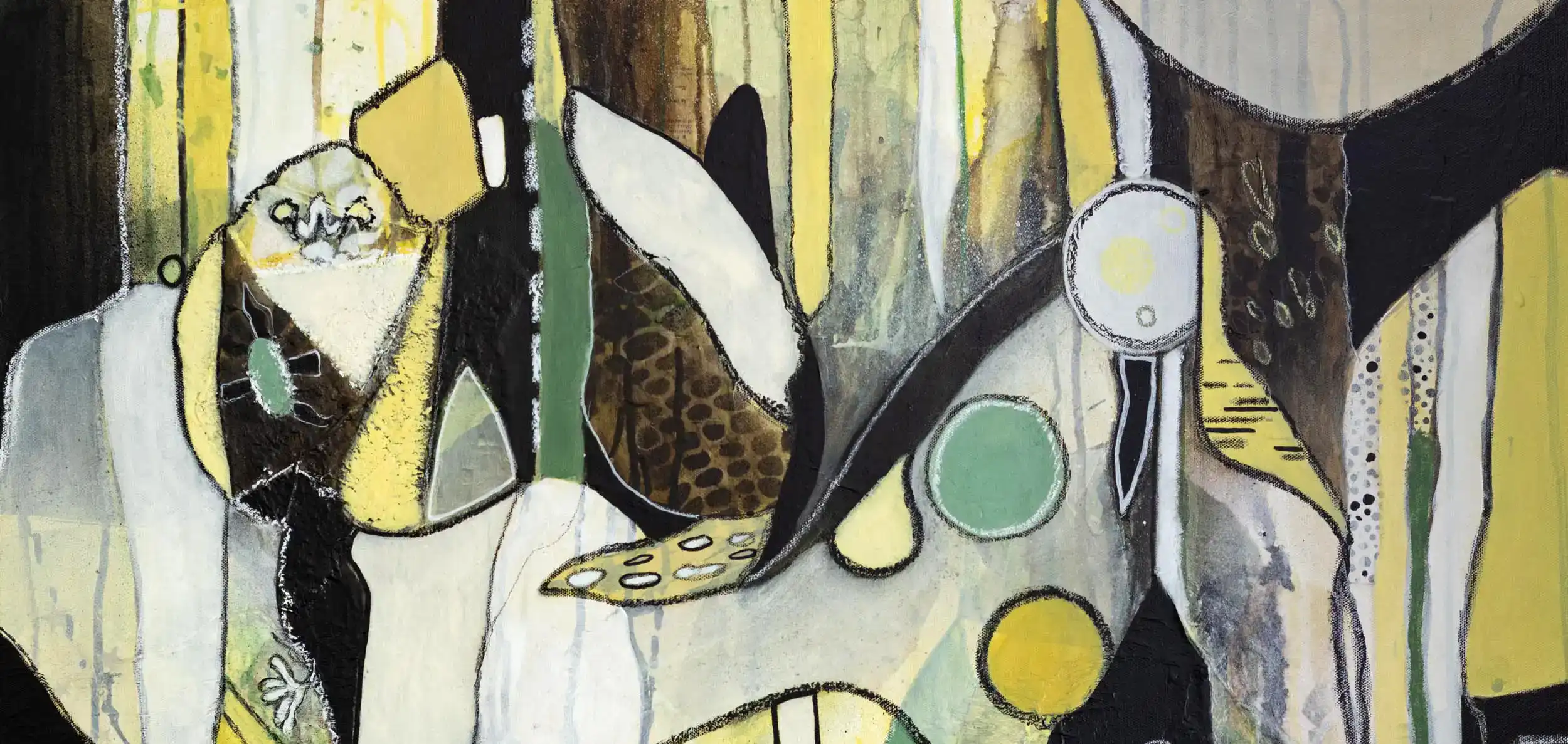
Searching for the entry point into the abstract work of art. Finding the focus and letting yourself be guided by the picture.
2. Embracing Emotion
Color Psychology in Abstract Art
Colors play a pivotal role in abstract expression. Understand the emotional nuances associated with each color. For instance, red might evoke passion and energy, while blue induces calmness. Pay attention to how these colors interact; their dance on canvas mirrors the artist’s emotional spectrum. Allow yourself to feel the emotions the colors convey, creating a personal connection with the artwork.
The Power of Abstraction
Abstract art invites you to let go of literal interpretations and embrace abstraction. Imagine the artwork as a visual poem, each stroke and form contributing to an overarching emotional narrative. Consider how the artist manipulates shapes and lines to evoke feelings. It’s not about deciphering a hidden message, but rather immersing yourself in the sensory experience the artist intends.
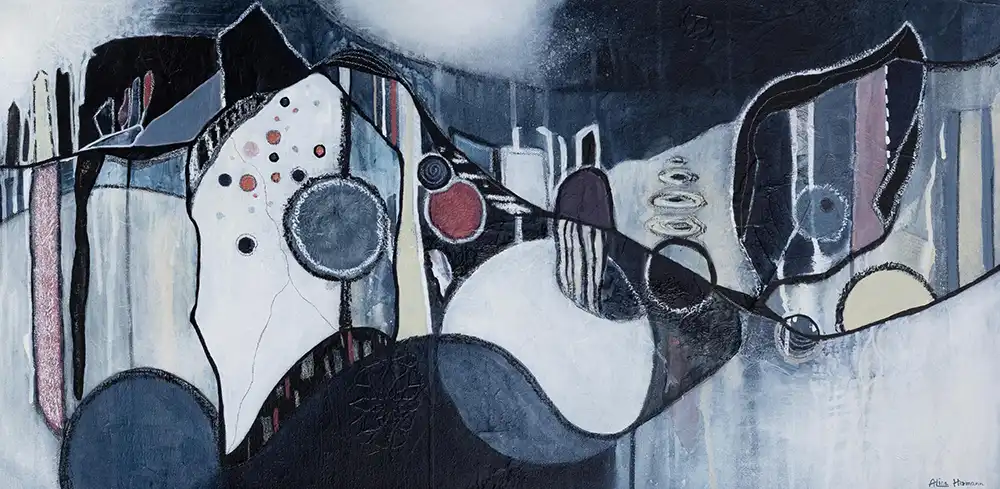
The color blue can have a calming effect and lead to relaxation. The different lines and shapes also express emotions and encourage the viewer to immerse themselves in the sensory experience.
3. Techniques for Observation
Engaging with Texture found in abstract art pieces
Texture adds depth and richness to abstract art. Run your fingers over the surface or observe closely to appreciate the tactile quality. Artists use various techniques like impasto or glazing to create texture. By engaging with the physicality of the artwork, you enhance your connection with the artist’s creative process, allowing a deeper understanding to unfold.
Decoding Composition of abstract artworks
Abstract art often follows specific compositional principles. Explore the balance between positive and negative space, the rhythm of repeated shapes, and the harmony within asymmetry. These principles guide your eyes across the canvas, revealing the intentional choices made by the artist. Understanding composition provides a roadmap for navigating the visual language of abstract art.
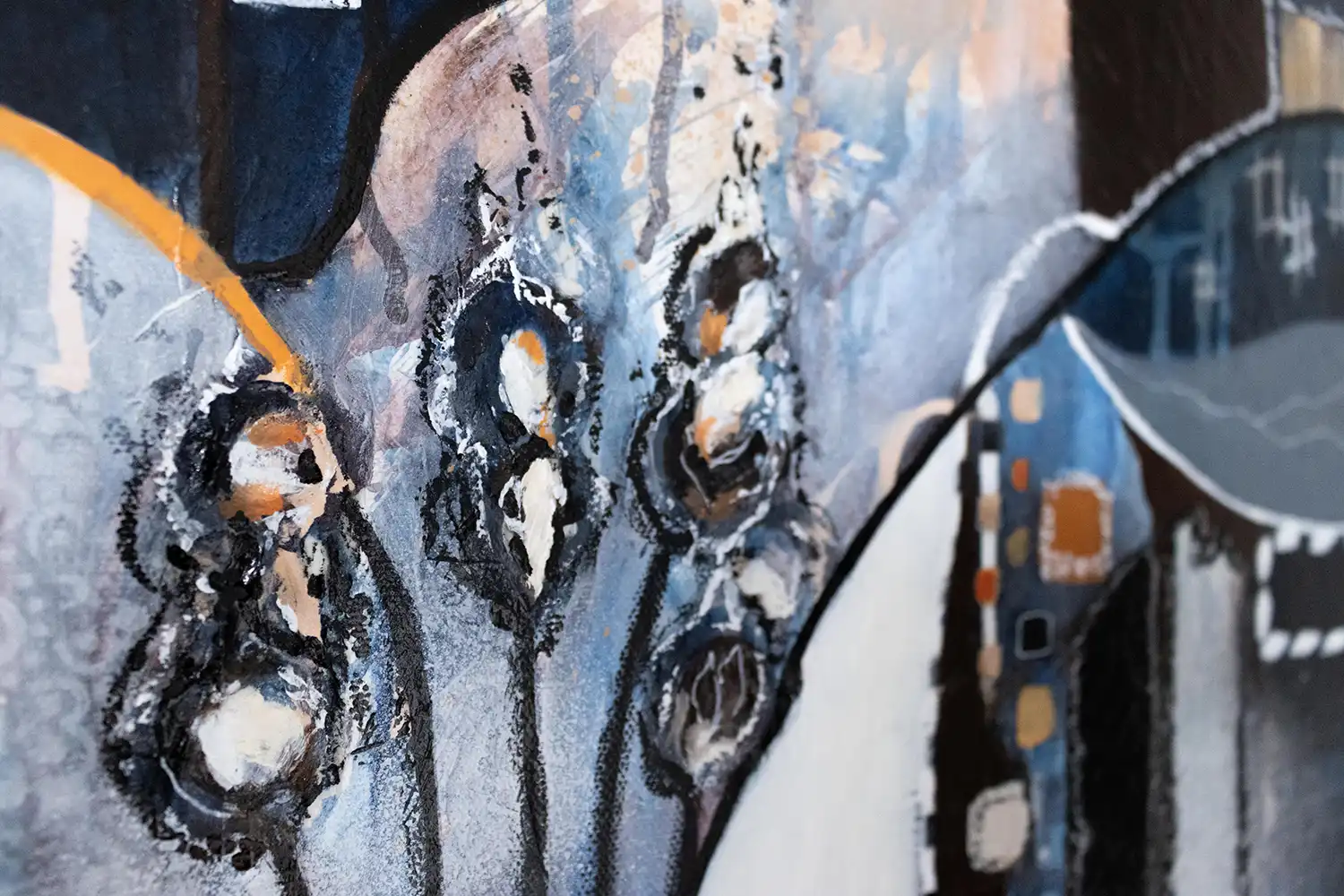
Texture gives the abstract artwork even more depth and another dimension for the viewer to discover. Negative spaces, on the other hand, calm the overall composition and lead to balance.
4. Personal Reflection
Cultivating Your Interpretation
Abstract art invites personal interpretation. Take a moment to reflect on your emotional response and what the artwork evokes within you. Share your thoughts with others; discussions can provide new perspectives. Remember, there’s no right or wrong interpretation – your unique understanding adds to the richness of the artwork’s narrative.
Documenting Your Journey
Start a journal documenting your exploration of abstract art. Record your thoughts, emotions, and interpretations as you engage with different pieces. Over time, this journal becomes a personal archive of your evolving relationship with abstract art, offering insights into your changing perceptions and deepening appreciation.
A journal is a good way to collect your experiences with different art in written form and refer back to it again and again.
5. Expanding Your Exposure
Visiting Galleries and Museums
Immerse yourself in the world of abstract art by visiting galleries and museums. Observe a variety of artists, styles, and movements. Exposure to diverse artworks expands your visual vocabulary and enriches your understanding. Don’t rush the process; let each encounter contribute to your evolving appreciation of abstract art.
Engaging with the Art Community
Joining art communities and discussions fosters a collaborative understanding of abstract art. Share your experiences, ask questions, and learn from others. The art world is diverse, and interacting with fellow enthusiasts provides valuable insights and fresh perspectives. Embrace the collective knowledge and passion within the art community.
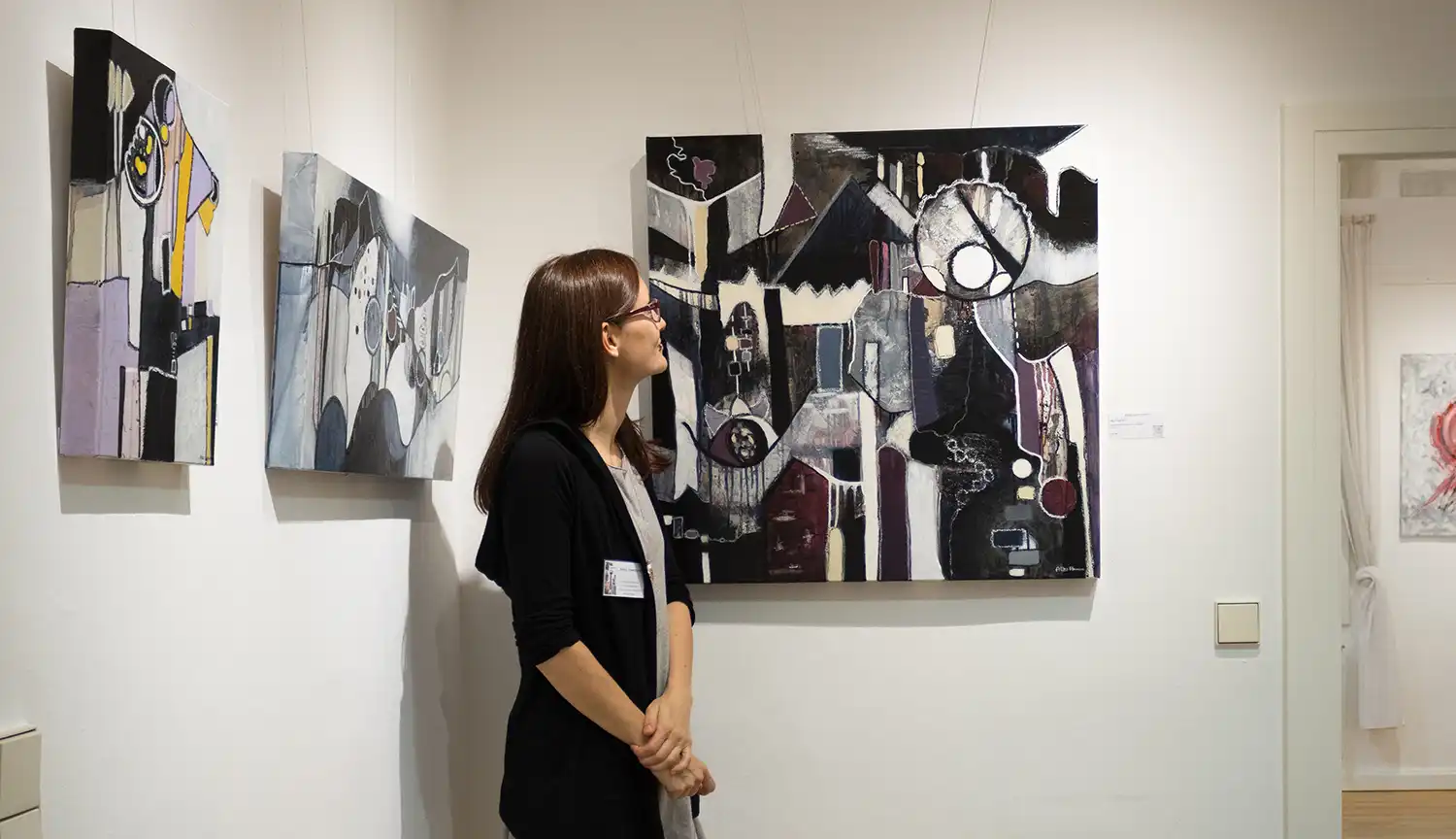
Der Besuch von Galerien und Kunstausstellungen bietet viele Möglichkeiten unterschiedlichste Kunst kennenzulernen und erste Erfahrungen mit dem Verständnis von abstrakter Kunst zu sammeln.
Share this post
Start your journey into the world of abstract art now
By following these steps, you’ll embark on a journey of discovery, gradually unraveling the layers of abstraction and finding profound meaning in the vibrant world of abstract art. Remember, there’s no fixed destination – the joy lies in the ongoing exploration and the personal connections you form with each unique piece.
